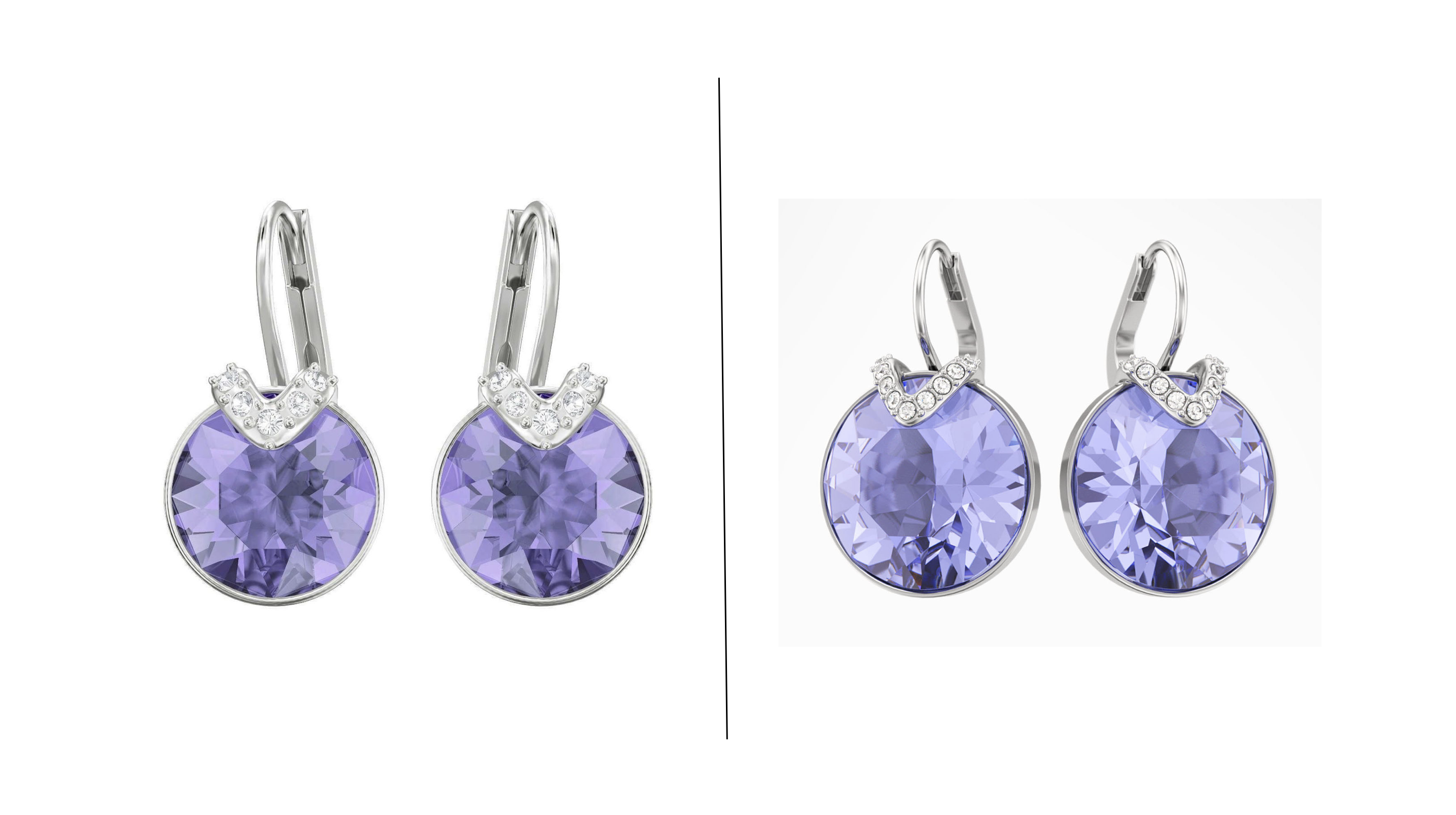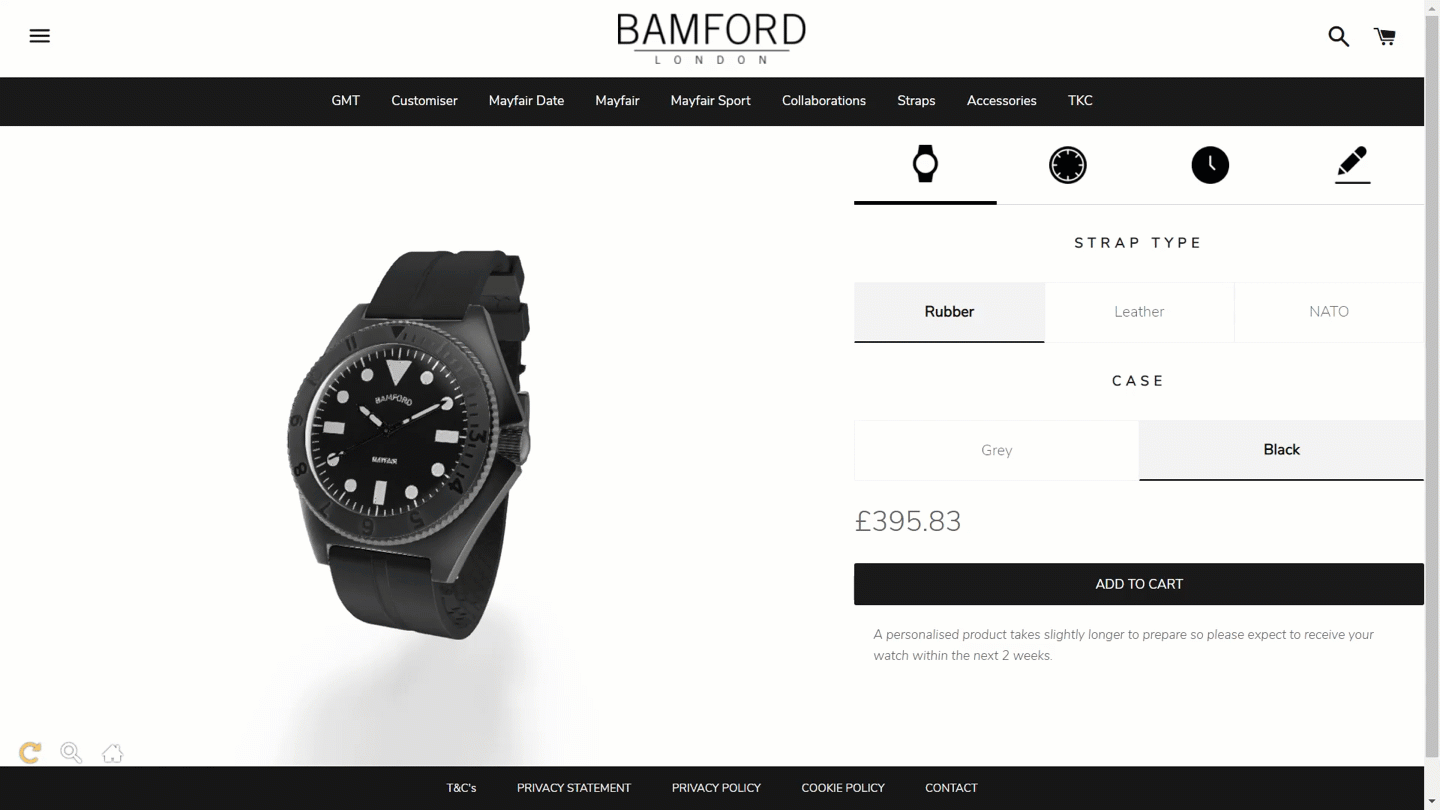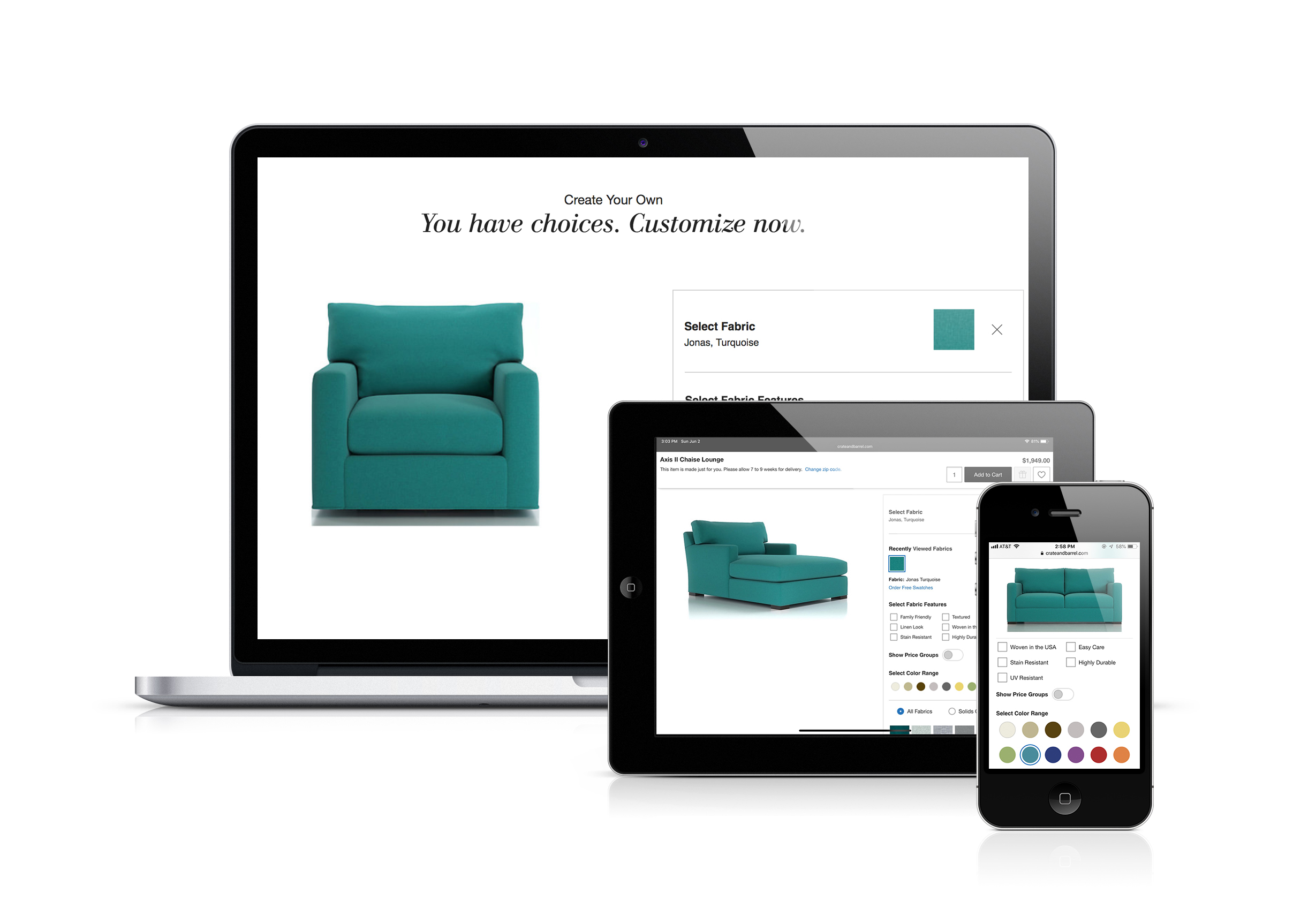Everything You Need to Know About Virtual Photography
With the booming growth of ecommerce showing no signs of stopping, high-quality digital representation of products is critical to increase sales and decrease product return rates.
Virtual photography provides a cost-effective solution, when compared with traditional product photography, in showcasing product details that consumers want to see.
Key Takeaways
- Virtual photography creates photorealistic product renderings from 3D models, ensuring high-quality images for every product.
- Because images can be created independently of manufacturing, this allows market testing of products.
- Highly customizable items can be displayed in all of their configurations—a feat that traditional product photography can't keep up with.
- Virtual photography images can be used in 3D technology and augmented reality (AR), for increased avenues to sales.
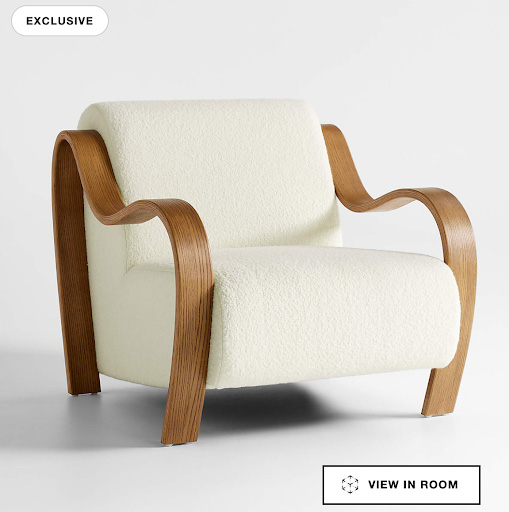
Overview
Accuracy in product depiction can have a big impact on purchases (and returns). Research shows that 70% of shoppers buy a product based on its imagery, and 22% of shoppers return items when the product doesn't look like it did in photos.
For this reason, businesses are investing in high-quality product imagery. However, traditional product photography involves logistics and costs that can burden companies. That's where virtual photography comes in.
Virtual photography is a progressive and increasingly essential tool for instilling consumer confidence and converting sales. It works by taking 3D models and rendering them into detailed, photorealistic, 3D items. These showcase the product at every angle, in the best lighting. Virtual photography outputs can be used with augmented reality (AR) and in 3D assets, such as 360° spin and zoom in functions.
Whether you're looking to get started or to simply up your graphics game, we're answering some of the most common questions when it comes to the rise and use of virtual photography.
Product Imagery Statistics
The numbers support the story that high-quality virtual photography has a large, positive effect for ecommerce companies. Here are just a few keystone statistics to demonstrate buyer behaviors and business impact:
- Photo quality is the most important component for 90% of online buyers.
- 60% of consumers prefer 360-degree product views when browsing.
- Being able to imagine products in real life through online photos appeals to 78% of shoppers.
- Advanced personalization can increase revenue by at least 10%.
- Using larger photos (made easier with high-resolution images) can increase sales by over 9%.
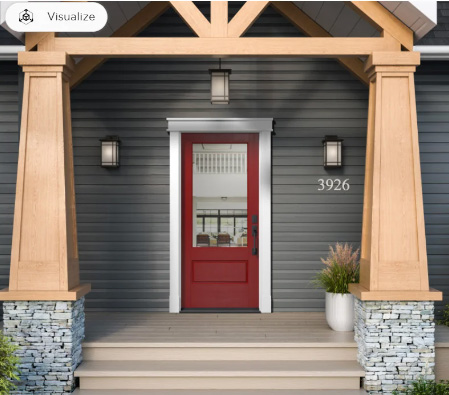
How Virtual Photography Works
Virtual photography (or 3D product imaging) is the process of producing images that represent real-world items but are created using technology blending flat graphics and 3D models. The result is a reproduction that looks like the byproduct of a high-end photoshoot and shows a virtual product that viewers can interact with.
These interactions—whether zooming in and out, rotating viewing angles, or swapping out color combinations—help consumers envision exact versions of an end product before making a purchase decision.
Virtual photography is not just about replicating items from real life. In many cases, a single source image or product can be used to create an entire series of images, showing various lighting, colors and options. For products that offer add-on features, this method allows for novel ways to show different components in combination with one another.
When done well, computer-generated imagery (CGI) can't be told apart from real-world photography. Using digital tools and alternatives, creators have more control over the final output and can add creative flair that would be difficult, if not impossible, to represent in a standard photoshoot.

Virtual Photography vs. Traditional Photography
While creating virtual images may sound like a lot of work that requires technical know-how, it's relatively simple and quick with the right platform. And the results can actually outweigh those of traditional photography.
Save Time
If you only have one or two products, traditional photography might be the way to go. That is, if you can get the lighting, angles, shadow, shading, and everything else just right.
Virtual renderings take the prep work and hassle out of staging a photoshoot. Companies can showcase their products and even create virtual tours all using digital tools, to cut down on project turnaround times.
No longer do you have to build each variation of a product, ship it to the photoshoot location, hire a professional, and wait for them to process and clean up the photos before returning them. Just a few clicks can render a 3D model into hundreds of high-quality images.
Showcase Variations
If you offer multiple versions of a product, such as different colorways, you'll need to bring one of everything to a traditional photoshoot. The team will then have to work to ensure that each item is photographed identically for consistency and accuracy.
Not so, with virtual options. You can replicate a single item in limitless variations, or against different backgrounds, without constant restaging. Individual assets, such as material and color, are stored independently of the image file and can be repurposed as needed for future product configurations.

Streamline Costs
Photography can add up, and fast. You need the right equipment, and a quality DSLR camera plus lighting setup can cost thousands. Then, you need someone who can operate the camera properly, requiring hiring or outsourcing a professional photographer. The time it takes to capture all of the right images can also add up, becoming costly for everyone involved.
With a virtual photography platform, you pay once for the software and can use it again and again, getting the assets you need for a fraction of the cost.
...And More
In addition to saving time and costs over traditional photography, virtual images offer a wide range of benefits:
- Product visualization helps consumers make the best real-time purchase decision for them.
- Image interactions increase time on a website, which can lead to increased conversions.
- High-tech elements offer professional appeal to consumers looking for established, quality brands.
- Interactive elements such as color swaps and zoom instill confidence for first-time buyers.
- Speed-to-market is reduced when leveraging technology to create marketing assets for product launch.
- 3D viewpoints give consumers control to inspect the features that matter most to them.
- Seeing high-quality professional photos makes social media viewers 40% more likely to share your content (and boost your reach).
- Digital options allow for social distancing as well as collaboration with teams and experts from any location.
- Updates and additions to an existing product offering or catalog are easy to add and alter on demand.
- Virtual reality experiences help buyers see how the end product will appear after purchase.
Threekit's Virtual Photographer
Threekit knows 3D. We've designed our Virtual Photographer to help customers produce high-quality product photography without the need for cumbersome and costly photoshoots.
Put the depth and variety of your products in the spotlight with support from a team of professionals. You input your content, and we output photorealistic catalog images ready for your ecommerce site.
Then let our Visual Discovery AI put those images in front of your customers, guiding them to the right products with its intuitive process.
Modernize your customer experience with Threekit. Schedule a demo today.
